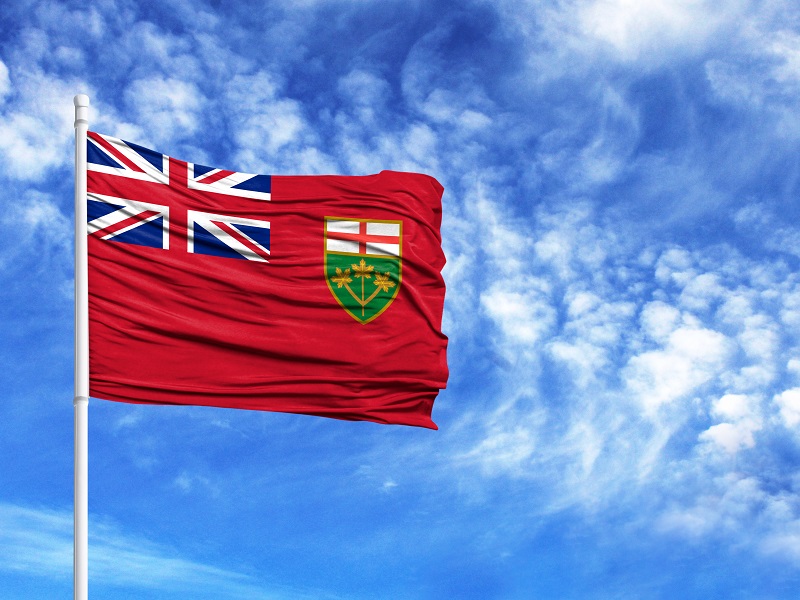
For those who aren’t accountants, it’s likely quite difficult to determine who’s right in the ongoing debate between the Ontario government and the province’s auditor general over how to treat public pension plan surpluses in the annual budget. So what’s the debate actually about?
Considering the surpluses in the Ontario Teachers’ and Ontario Public Service Employees’ Union Pension Plans as a government asset is problematic, according to auditor general Bonnie Lysyk. Since the government doesn’t have the “unilateral legal right to access this amount without first receiving the formal written consent of plan members,” the surpluses should stay out of the budget, an official statement from her office suggests.
On the other side, an expert advisory panel assembled by the Ontario government to tackle the issue determined that including the surpluses as assets is fair. Indeed, the panel concluded it would be misleading not to include the province’s share.
Read: Ontario pension accounting dispute shows difference of $1.5B in province’s deficit
Key to the panel’s reasoning was the notion that the government could use the surpluses to lower contributions required for the plans, thus boosting the amount available for it to spend in the budget overall. As such, the assets are considered expense recoveries and are thus differentiated from revenue.
The extent to which the government intends to use that option remains unclear, however. Indeed, the auditor general has suggested the initial projections of the surpluses as assets by the government don’t explicitly mention a plan to use the monies in that way. Nevertheless, the government included the surpluses as assets last year, resulting in a 2016/17 budget deficit of $991 million, whereas Lysyk maintains it should have been $2.4 billion. On the other hand, Ontario Teachers’ does state it intends to use its 2017 funding surplus to reduce contributions by 1.1 per cent, effective Jan. 1, 2018, in addition to restoring full inflation protection for post-2009 pension credit.
For private defined benefit plans, while a surplus counts as an asset, it’s not part of net income, says Joy Begley, associate professor in the accounting and information systems division at the University of British Columbia’s Sauder School of Business.
When a private company experiences strong or weak performance in its pension plan’s investments, the surplus or liability does appear on the balance sheet, she says. “But in their income statement, they never get to recognize those gains or losses. And I think that’s where part of the issue is with the auditor general here.”
Since a pension’s liability or surplus can easily shift, it must appear on the balance sheet in a way that doesn’t drag other company accounting up or down, she says.
Read: Ontario, auditor general dig in heels in pension accounting dispute
To ensure that, rather than recording the value of the plan as net income, there’s a secondary income account known as other comprehensive income (totalling relevant assets for the year), which contains a number of fair-value adjustments companies must make, says Begley. Therefore, the yearly fluctuations in a pension liability are recorded separately and appear on the balance sheet as accumulated other comprehensive income (relevant assets over the long term), a shareholder’s equity account that parallels retained earnings.
“In this way, the balance sheet reflects that true amount of over- or underfunding in the pension trust. But the income statement is not impacted by volatility,” she says.
Doing so allows those with a stake in the company to view the fair value of the funding surplus or deficit of the plan, without lumping the amount in with income where it doesn’t belong.
As for the public plans, Begley stresses that in order for the province’s inclusion of its stake to remain a positive, the plan must remain in surplus, which is no guarantee. If the plans’ investments take a hit, “then they will have to recognize that loss as part of pension expense for the year, resulting in a larger provincial deficit,” she says.
In addition, Begley says the public plans are able to measure their pension obligations using a set of assumptions that make the surplus possible.
Read: Ontario forms expert panel to report on pension accounting conflict
“Currently, the two large Ontario pension plans are invested in assets of different risk classes. The current Public Sector Accounting Board standards allow public sector plan sponsors to measure their pension obligation by discounting expected future benefit payments at either the interest rate that the government can borrow at or at a discount rate that reflects the expected return on plan assets,” she says. “When the assets are riskier, the discount rate that is tied to the expected return on plan assets is larger. If they were to use a lower government bond rate, the plans would not be overfunded.”
In fact, a report from the auditor general noted the province uses a discount rate between 5.75 and 6.25 per cent, depending on the plan.
Private pension plans, however, can’t follow that approach. “Private companies cannot discount their pension obligations at the expected return on plan assets,” says Begley. “Instead, they must use a much lower, high-quality bond rate, closer to a three per cent discount rate. If the Ontario government were to account for OTPP and OPSEU in the same way as a public company would, there would be no pension surplus on their balance sheet.”
Notably, Lysyk has said her interpretation of an asset is in line with public sector accounting standards. Simply put, because the province doesn’t have sole control over either surplus and hasn’t obtained such authority from the plans’ other sponsors, it contravenes the public sector accounting standards’ definition of an asset, she says. Including the surpluses jeopardizes government transparency and accountability, she suggests, as the province could incur additional expenses even though the cash underpinning them isn’t actually available to it.
Read: Union agrees with auditor general on pension accounting conflict
